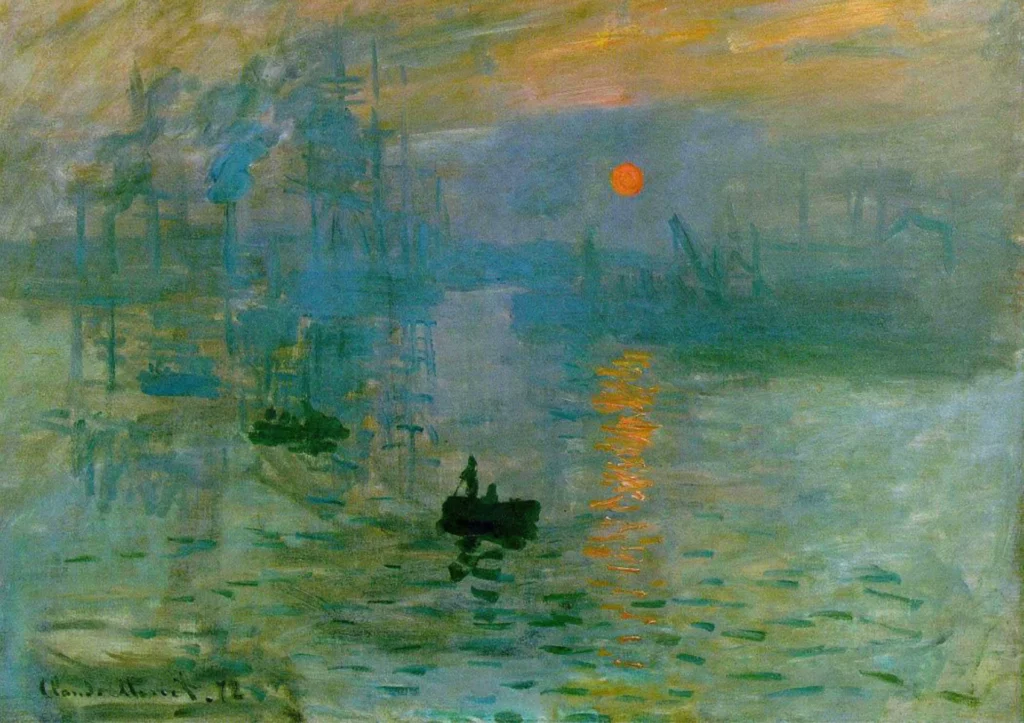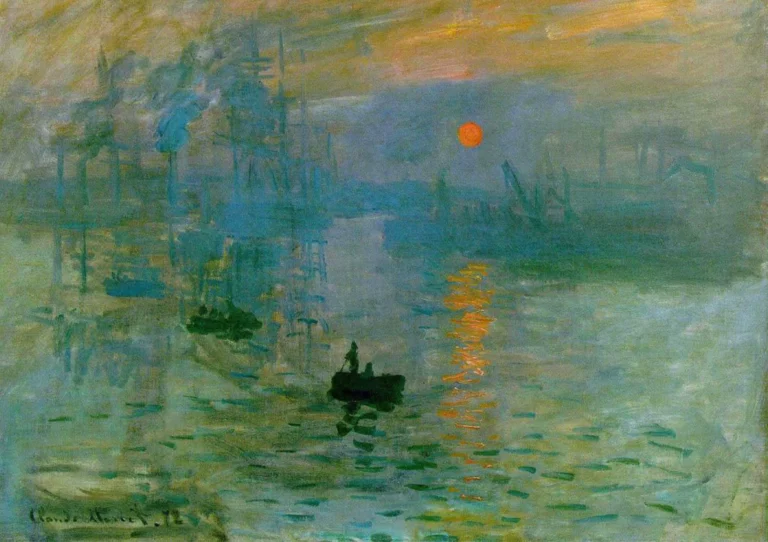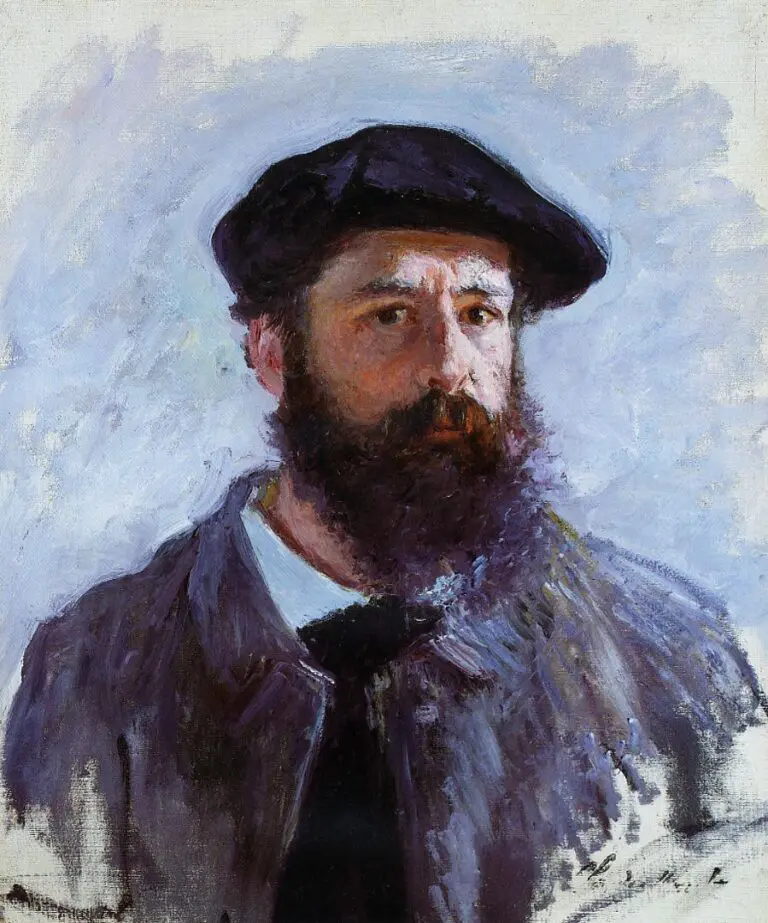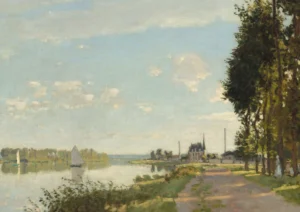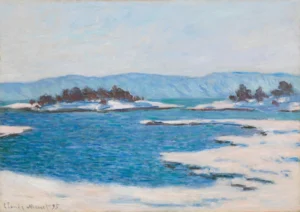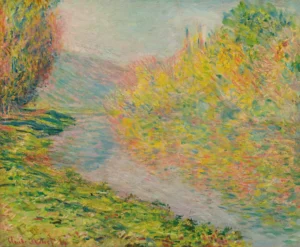Impression (1872)
Created in November 1872, Claude Monet's 'Impression, Sunrise' captures the port of Le Havre bathed in the soft fog of dawn. The painting is innovative for its atmospheric brushwork and limited palette, inviting viewers into a serene yet industrial landscape. Displayed for the first time at the inaugural Impressionist exhibition, this work originally drew controversy that ultimately established the Impressionist label, solidifying Monet's place in art history and endowing the piece with monumental significance.
November 1872
About the Artwork
'Impression, Sunrise' was painted swiftly from Monet's hotel room in Le Havre during the early hours of November 13, 1872. The artwork reflects Monet's desire to capture the fleeting effects of light and atmosphere over the bustling port, featuring small rowboats and a vibrant sun setting the scene. Its first public presentation at the 1874 exhibition in Paris sparked mixed reactions, drawing ridicule that ironically birthed the term 'Impressionism.' The painting's legacy is cemented as a foundational piece of the movement, admired now worldwide despite its contentious debut.
Did You Know
‘Impression, Sunrise’ inadvertently gave its name to the Impressionist movement, derived from a satirical review that used the term ‘Impressionist’ to mock the painting’s loose brushwork and sketch-like quality.
During its first exhibition in 1874, ‘Impression, Sunrise’ faced harsh criticism from the art establishment. Critics accused the artists of being unrefined and amateurish, but this spurred the Impressionists’ desire to pursue their unique vision.
‘Impression, Sunrise’ was famously stolen in 1985 from the Marmottan Monet Museum but was recovered five years later. This incident heightened the painting’s notoriety and underscored its significance in the art world.




